Common Tooth Extraction Complications: How to Recognize and Prevent Issues

Tooth extraction is a routine dental procedure, but like any surgery, it can come with potential complications. Knowing what to expect and how to recognize early warning signs can help you avoid more severe issues down the road. In this guide, we’ll discuss the most common tooth extraction complications and how to address them.
1. Dry Socket
What is it?
Dry socket, or alveolar osteitis, is one of the most common complications following a tooth extraction. It occurs when the blood clot that forms in the socket after extraction becomes dislodged or dissolves prematurely. Without the clot, the bone and nerves are exposed, leading to severe pain and delayed healing.
Symptoms:
- Intense pain 2-3 days after extraction, radiating to the ear, eye, or neck
- Empty-looking socket
- Unpleasant taste or bad breath
- Lack of visible blood clot
Prevention:
- Avoid smoking and drinking through straws, as the suction can dislodge the clot.
- Follow your dentist’s aftercare instructions carefully, particularly in the first 24 hours.
Treatment:
- Visit your dentist immediately for treatment. They will clean the socket and apply a medicated dressing to soothe the pain and promote healing.
For more in-depth information, check our dedicated Normal Socket vs Dry Socket after Tooth Extraction page.
2. Infection
What is it?
An infection can develop in the extraction site if bacteria enter the wound. While most extractions heal without issue, improper oral hygiene or a weakened immune system can increase the risk of infection.
Symptoms:
- Increased swelling or pain after 3-4 days
- Fever or chills
- Pus or discharge from the extraction site
- Foul odor or taste
Prevention:
- Maintain oral hygiene by gently rinsing your mouth with saltwater after the first 24 hours.
- Avoid touching the area with your tongue or fingers, and follow all prescribed antibiotic treatments if recommended by your dentist.
Treatment:
- Antibiotics prescribed by your dentist are often effective in treating infections.
- It’s essential to contact your dentist as soon as you notice signs of infection for timely intervention.
3. Excessive Bleeding
What is it?
Mild bleeding is common for the first 24 hours after an extraction. However, if the bleeding continues or worsens, it could indicate a problem with clot formation or issues like an underlying bleeding disorder.
Symptoms:
- Persistent or excessive bleeding after 24 hours
- Blood pooling in the mouth or constant need to change gauze
- Blood clot not forming or dislodging too soon
Prevention:
- Avoid strenuous activities for 24-48 hours.
- Bite down on gauze firmly after the extraction to promote clot formation.
- Stay upright and avoid spitting or rinsing your mouth in the first 24 hours.
Treatment:
- Contact your dentist if bleeding persists. They may need to apply additional treatments or clot-promoting agents.
- In severe cases, additional procedures might be required to control the bleeding.
4. Swelling and Bruising
What is it?
Swelling is a natural part of the healing process and typically peaks within 48 hours of the extraction. However, excessive or prolonged swelling and bruising could be a sign of infection or another underlying issue.
Symptoms:
- Swelling that worsens after 2-3 days
- Large or painful bruising around the extraction site
- Difficulty opening the mouth
Prevention:
- Use cold compresses immediately after the extraction to reduce swelling.
- Keep your head elevated while sleeping to minimize blood flow to the area.
- Follow your dentist’s instructions regarding activity levels and medication.
Treatment:
- Continue cold compresses for the first 24 hours, followed by warm compresses.
- Consult your dentist if swelling or bruising persists beyond the expected recovery time.
5. Nerve Damage
What is it?
Nerve damage is a rare but serious complication that can occur during the extraction of lower wisdom teeth. The nerves near the roots of wisdom teeth are responsible for sensation in the lower lip, chin, and tongue.
Symptoms:
- Numbness or tingling in the tongue, lower lip, or chin that persists after anesthesia wears off
- Changes in taste
- Difficulty speaking or swallowing
Prevention:
- This risk is higher with wisdom tooth extractions, especially for impacted teeth. Always ensure your dentist evaluates the proximity of nerves via X-rays or scans before extraction.
Treatment:
- Nerve damage often resolves on its own over time. In some cases, medications or further procedures may be needed to promote healing.
- If you experience prolonged numbness, contact your dentist for further evaluation.
6. Sinus Perforation
What is it?
Sinus perforation can occur during the extraction of upper teeth, particularly molars that are close to the sinus cavities. This creates an abnormal connection between the mouth and sinus.
Symptoms:
- Pain or discomfort when breathing through your nose
- Feeling air passing from your mouth to your nose
- Nasal congestion or drainage
Prevention:
- A thorough pre-extraction evaluation with X-rays can help your dentist assess the risk of sinus involvement.
Treatment:
- Small perforations often heal on their own with time and rest.
- Larger perforations may require surgical intervention to close the opening. Your dentist may also prescribe antibiotics to prevent sinus infection.
7. Jaw Stiffness or Trismus
What is it?
Jaw stiffness, or trismus, can occur after an extraction due to muscle inflammation or trauma to the jaw joint. It may make it difficult to open your mouth fully or chew comfortably.
Symptoms:
- Limited ability to open the mouth
- Pain when chewing or speaking
- Swelling near the jaw joint
Prevention:
- Avoid excessive chewing or talking in the first few days after extraction.
- Use cold and warm compresses as recommended to reduce muscle inflammation.
Treatment:
- Gently stretching exercises and warm compresses can help improve jaw mobility.
- In severe cases, physical therapy may be required.
Conclusion
While tooth extractions are generally safe and routine, complications can arise if proper care isn’t taken. Understanding the potential risks, recognizing the symptoms, and knowing when to seek dental care can help prevent minor issues from becoming major concerns.
For more detailed information on preventing the most common complications, be sure to visit our comprehensive guide on Normal Socket vs Dry Socket after Tooth Extraction.
References:
- American Association of Oral and Maxillofacial Surgeons. “Tooth Extraction Complications.” AAOMS, 2023.
- Cleveland Clinic. “Tooth Extraction Recovery and Complications.” Cleveland Clinic, 2022.



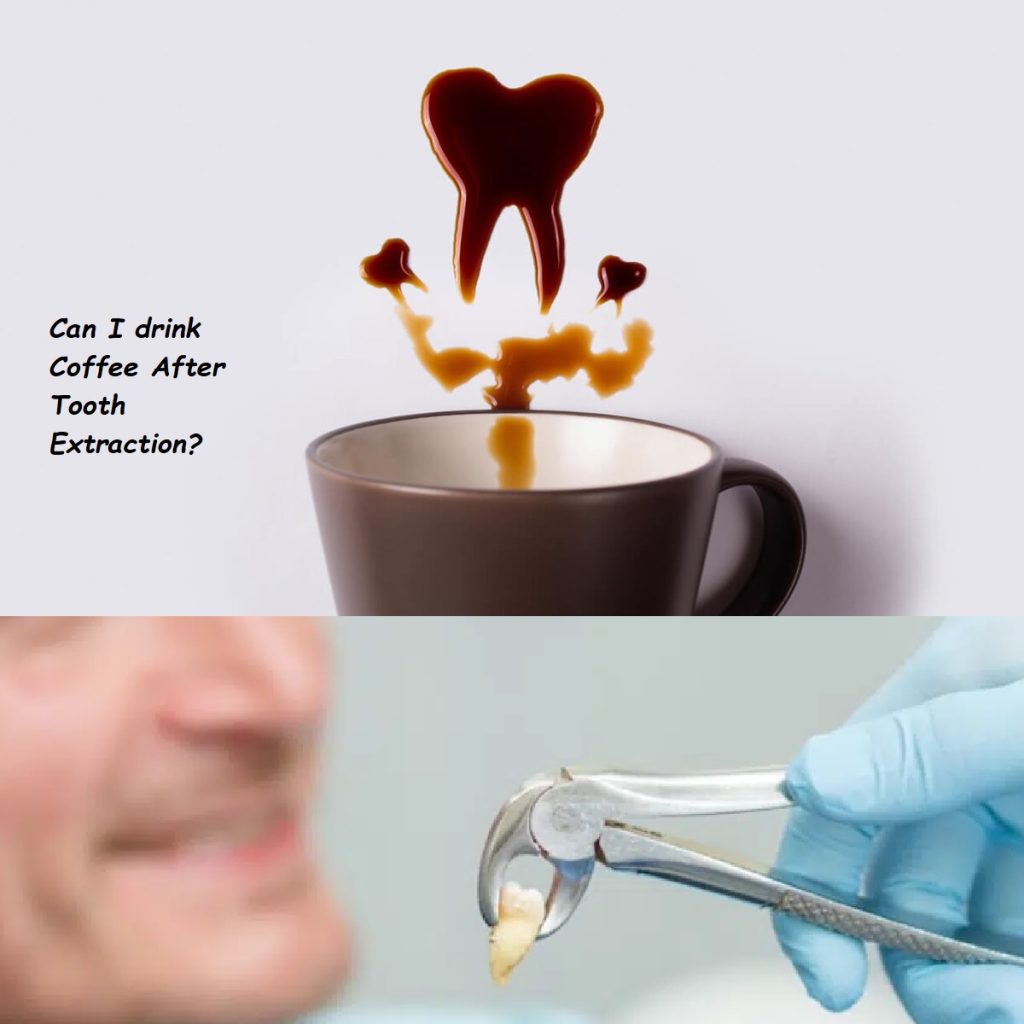
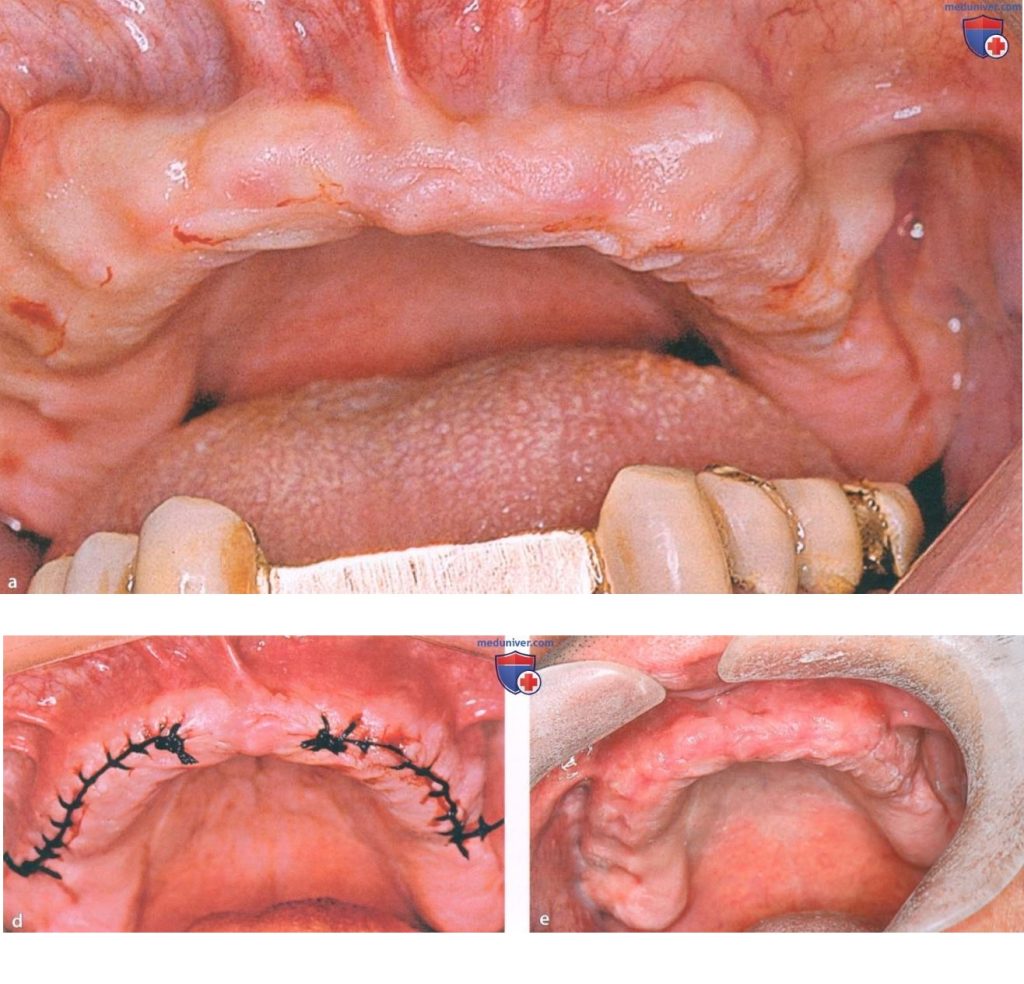
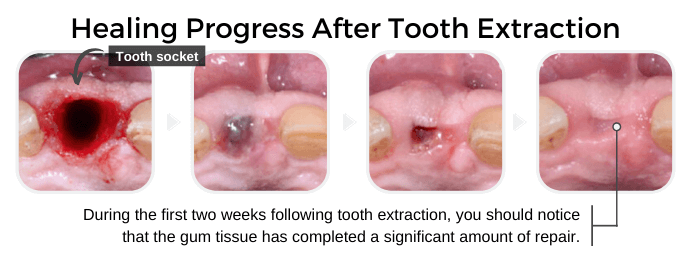
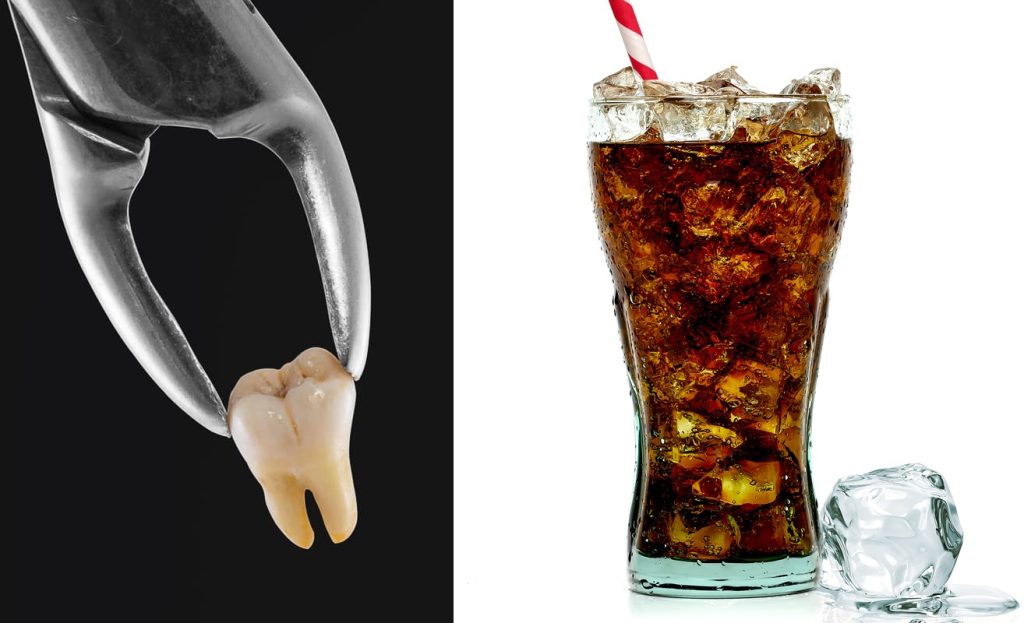

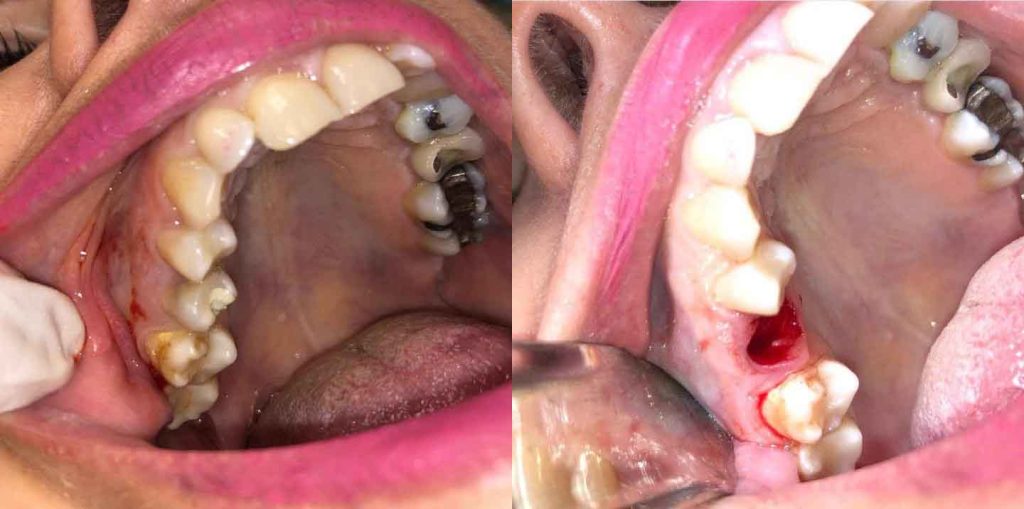

0 Comments on “Common Tooth Extraction Complications: How to Recognize and Prevent Issues”